This twangs the memory chords, bringing it all back. There's Rashers and Toucher in Strumpet City; Jimmy O'Dea with Maureen Potter; Charles Haughey and Garret FitzGerald going head to head; Bosco; Nighthawks; Dermot Morgan, all drippy priestliness as Father Trendy; Mary Robinson on The Den; Emer O'Kelly reading the news; Annie Murphy lifting the lid on episcopal hypocrisy; children protesting the end of Wanderly Wagon. And Holy God, there's Glenroe too.
So much of Irish life, who we are. And Gaybo chronicling some of it.
Some of those TV moments are frozen in time as stills, in a photographic exhibition at the National Photographic Archive marking 60 years of television in Ireland.

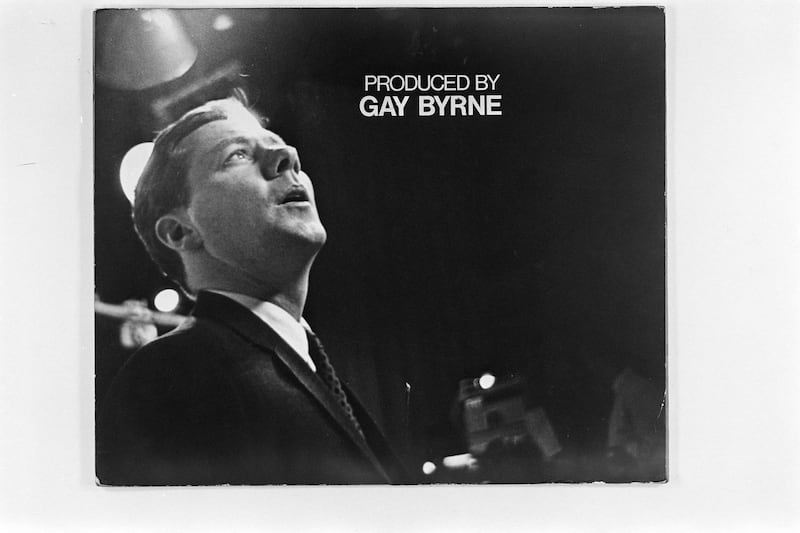
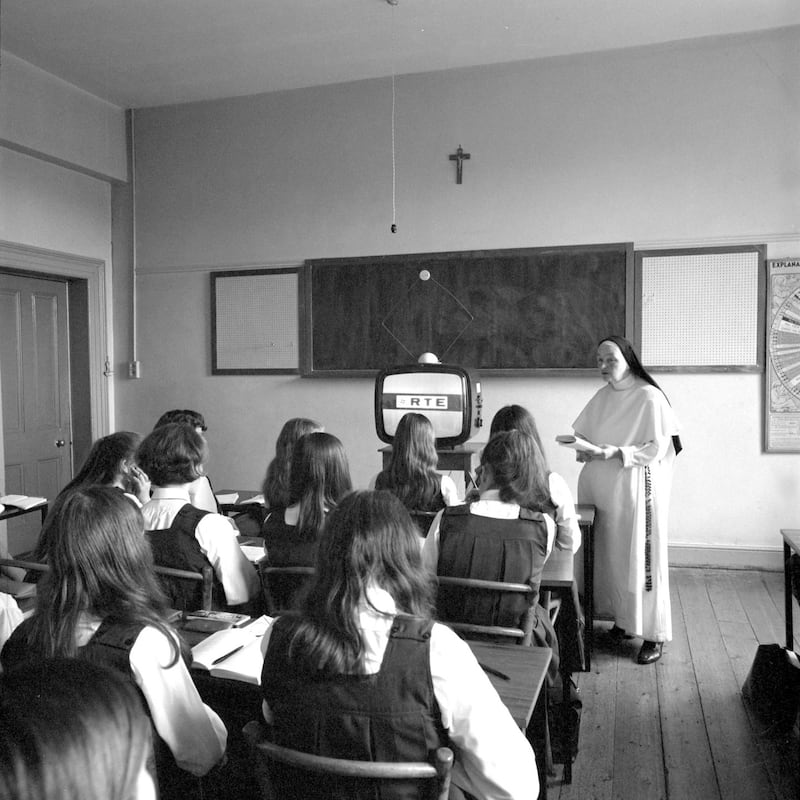
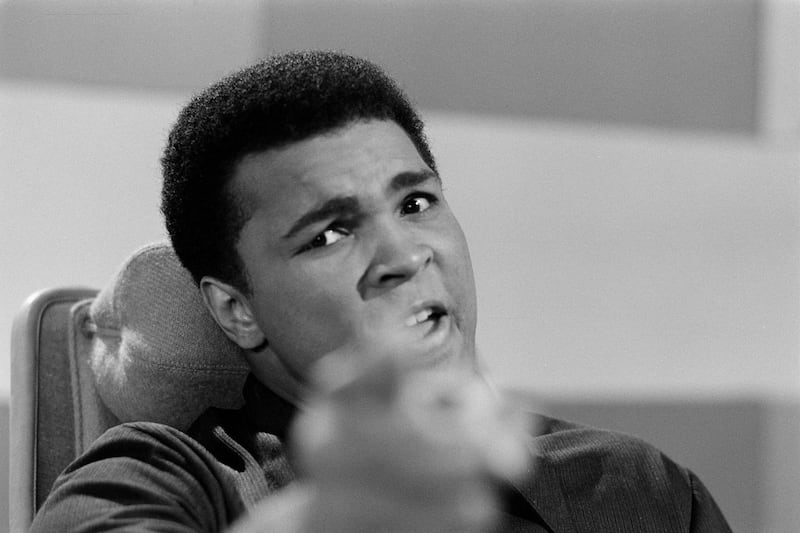
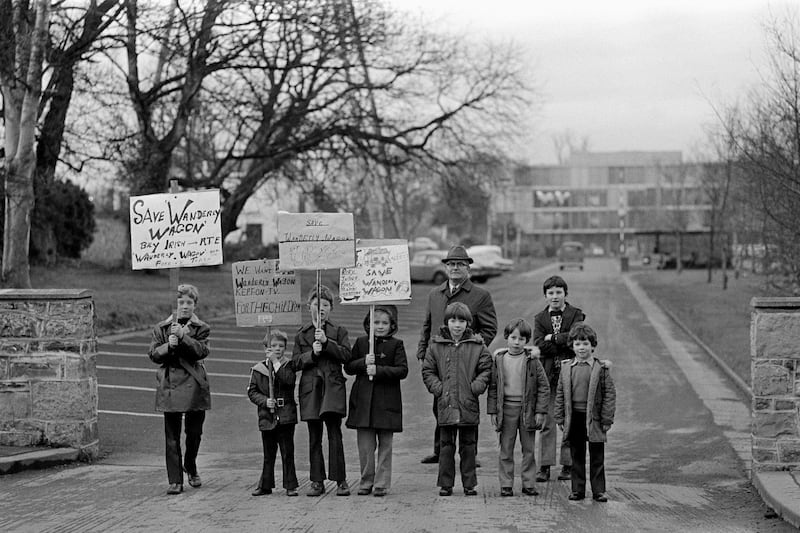
Ireland on the Box charts six decades, from Gay Byrne to Glenroe and from Bosco to Coola Boola, in photographs curated by RTÉ Archives, and supported by the National Library of Ireland.
The exhibition offers a snapshot of Ireland through the television we’ve consumed since the national broadcaster was set up. As well as the images, some of the captions chronicle those moments via familiar phrases: “Roll it there, Róisín”, “A nation holds its breath”, “Well, Holy God”, “Coola Boola”.
RTÉ’s head of archives Bríd Dooley says: “It’s difficult to select a favourite as you can imagine, and each visitor will have their own response to the images - moments remembered at a particular time in their lives, or surprising images seen perhaps for the first time.”
She curated the exhibition along with colleagues Liam Wylie and Emma Keogh, and in the archives “we’re are familiar with seeing these images in the context of storytelling, a particular theme, time or event”.
“But for me it is the vividness of the images of Irish life that unfolds in the story of television in the making that stands out: the contrast of the different Irelands portrayed side-by-side across the decades, whether in the Late Late Show images from ’62 to the present day, the early soaps, today’s cutting-edge drama or the behind-the-scenes set-up and glimpses of the studios, crews and working journalists.”
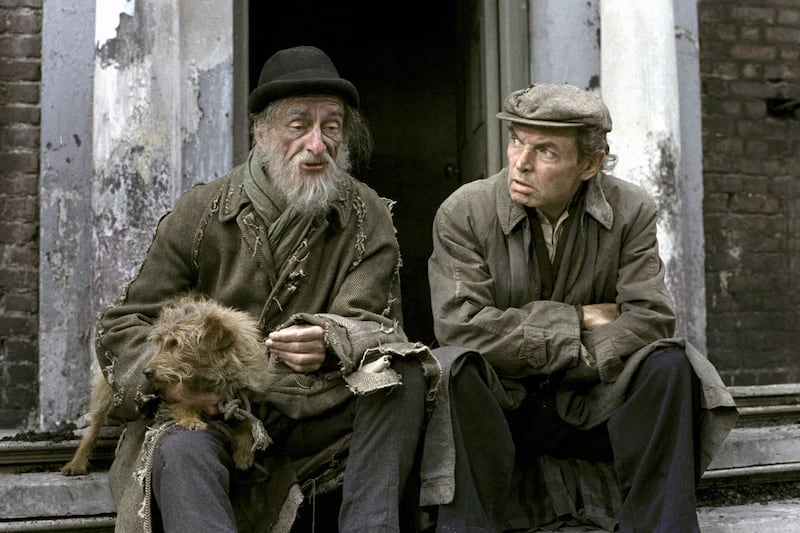
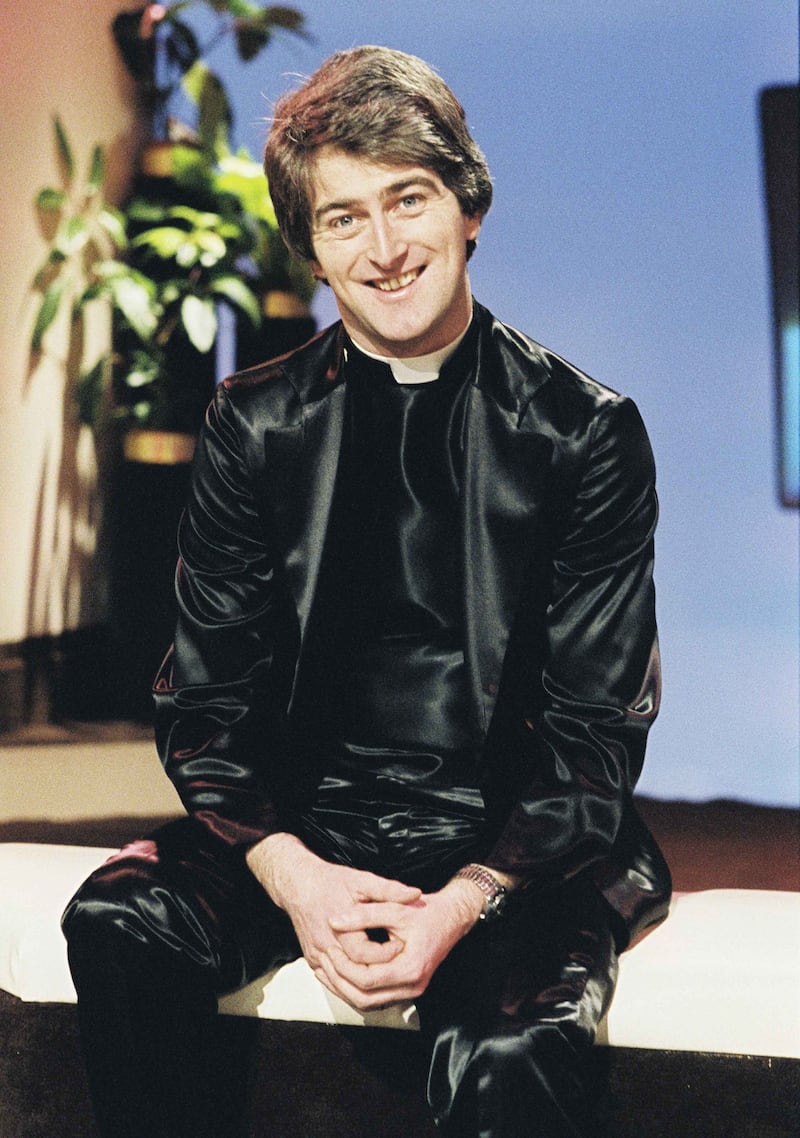
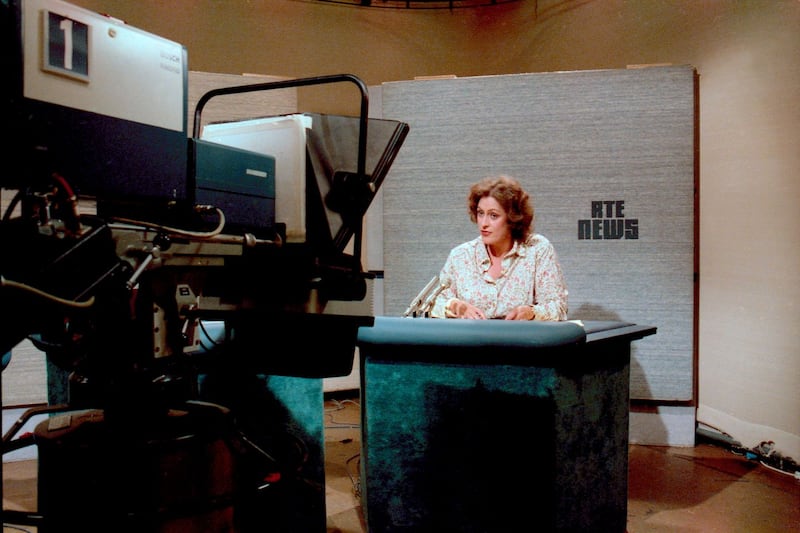


Dooley says: "I particularly love the Music on the Box images, each surprising and evocative. To see them in large scale on the walls of the gallery brings them to life. If I were to pick one here it would be the Phil Lynott concert outdoors in the RTÉ grounds in 1973."
The photographs, taken over the past 60 years and in safe-keeping in RTÉ Archives, offer both a record of television production and an insight into life in Ireland through the decades, says Dooley. They also “reveal changing styles in programming and presentation” in news, sport, music, drama, entertainment, education and events produced by RTÉ. They remind us “of the presenters, performers and people who have made their own important contribution to putting Ireland on the box and who deserve another moment in the spotlight as we reach this milestone.”
Ireland’s first television service, Telefís Éireann, was launched on New Year’s Eve 1961. During the new year countdown, the live broadcast cut to a clock face with both hands on 12; in fact, the clock at Dublin’s Customs House had been photographed at midday weeks beforehand, an early example of the suggestive power of television.

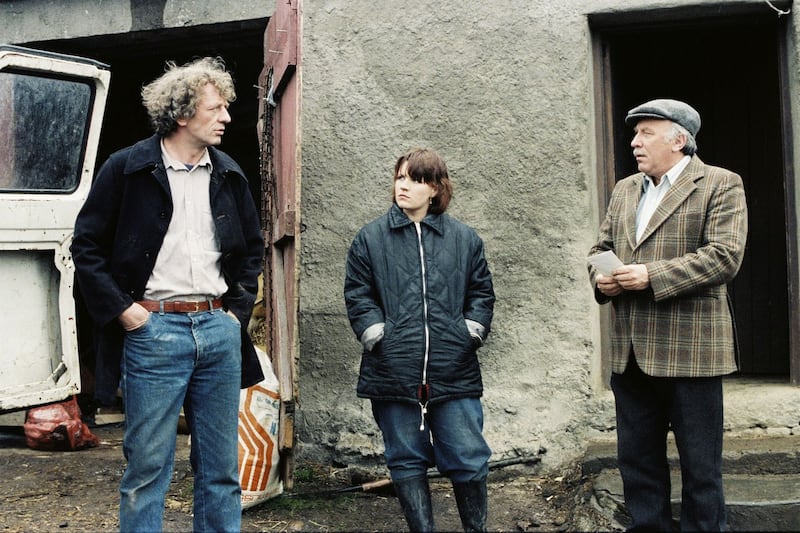
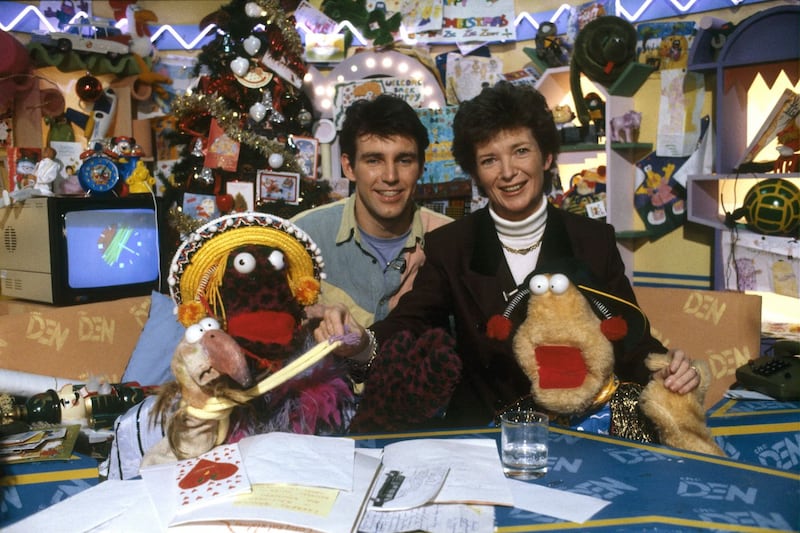

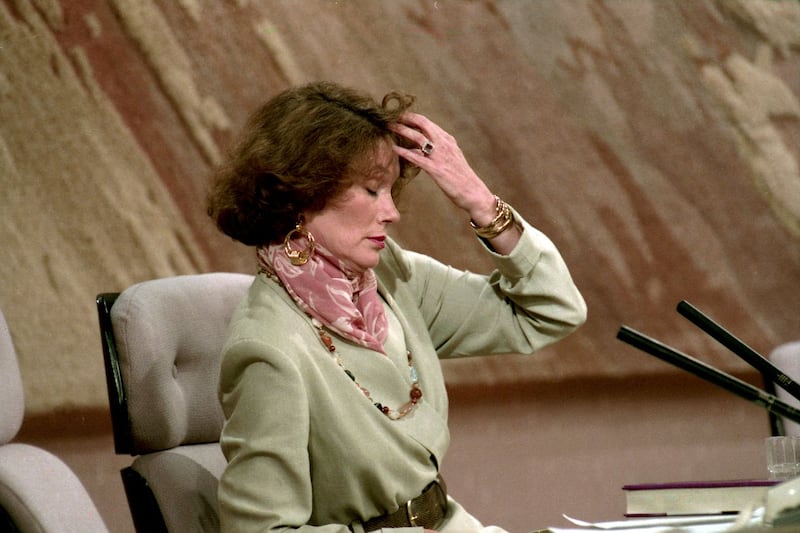
RTÉ director-general Dee Forbes says photography has played a key role in its television productions. “While television has changed radically in 60 years, the ability of photography to capture a unique moment in time and to generate an emotional connection and response remains as strong as ever. Each of the images selected for this exhibition tells its own story, but together they represent an essential part of our recent history as a nation.”
The National Library of Ireland was delighted to partner with RTÉ for Ireland on the Box, says director Sandra Collins. “The National Library works to share our nation’s memory and this photographic exhibition reveals unforgettable moments from our social and cultural history.”












